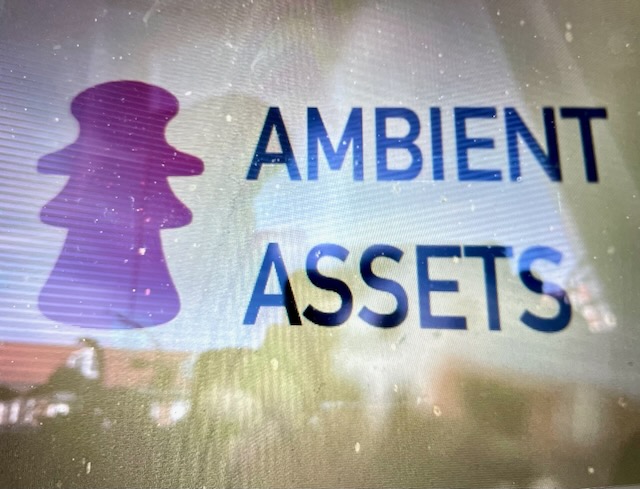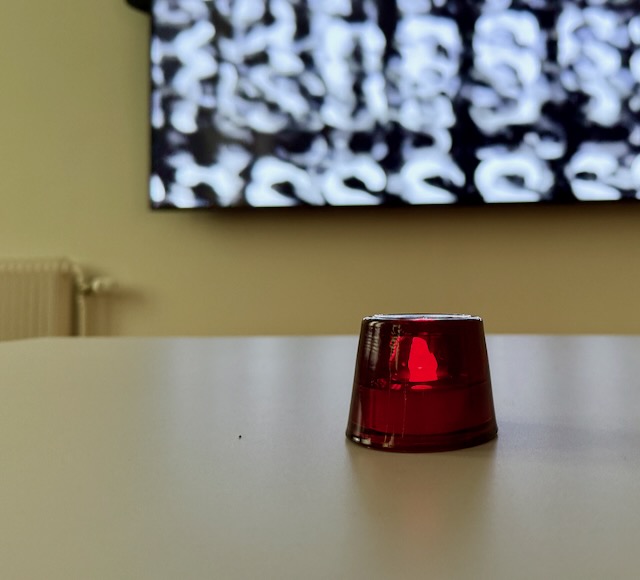
Money has always been a medium of exchange, a social construction that enable transactions of value. Today, monetary flows seem to increasingly be simultaneously ephemeral and dependent on heavy widespread physical infrastructures. Where is it all located? Beyond, elsewhere and beneath, infra. But also, all around like an ambience. Ambient economy based on ambient assets fostering ambient consumption. It permeates everyday life, all over the planet. Differently for different people, yet pervasive. Mundane and massive, yet ungraspable.
Ambient economy and assets are part of the lives of tech-moguls as well as all the people that are involved in practices of digital transaction and subscription. Some are still outside systems of credit and control, but the ambience of economy surrounds the outsiders like an opaque fog. While experienced as ambient and hard to grasp, monetary currents seem to increasingly and unconditionally flow, almost gravitate towards already powerful bodies. Oftentimes through arcane operations.

As economy is experienced as ever more ambient and as monetary flows escalate, commodification also increases. Now, the very ambiences of physical spaces have become commodities that can be bundled, packaged and transferred. As sound. The sonic quality, the atmosphere, and ambience of rooms and spaces can be captured and exchanged by technological means. It is done through Impulse Responses that can measure and capture the sonic characteristics of rooms and different equipment such as amplifiers. Once packaged as files, transferable ambience is on offer. Currents of ambiences emerge when impulse responses are exchanged.
Impulse responses can be used in sound and music editing software. The acoustic qualities of different spaces, simulations of certain physical rooms and sites, can be consumed. The sonic qualities of non-existent, even impossible spaces can also easily be evoked and exchanged. Such as an infinite reverb. This has all been possible for a while. Sonic ambience has become another mundane commodity. Ambiences as assets. The very spatial qualities of different spaces have become products that can be bundled, sold, transferred and exchanged. Currents of ambiences flow through the system of ambient economy.
In this installation the evermore rare sound of physical coins is merged with different ambiences available in some of the staple music production software of the mid 2020s. The sound of cash, of tangible money flow through the room. Fill the room, while convolved with the sonic characteristics of other spaces, such as The King’s Chamber in The Great Pyramid of Giza or The Sydney Opera House. What is ephemeral here? Flows and currents. What is physical, material, tangible? Who has got access? To what? What is needed to experience the sound of money placed in different virtual spaces? What is an asset, a resource or value, when monetary currents flow through and between different spaces? What are the ends and beginnings of ambient assets?

INSTALLATION
Ambient Assets (The Pufendorf Section), Robert Willim 2025
Looped Sound and Video (length: 15 minutes)
Boardroom paraphernalia